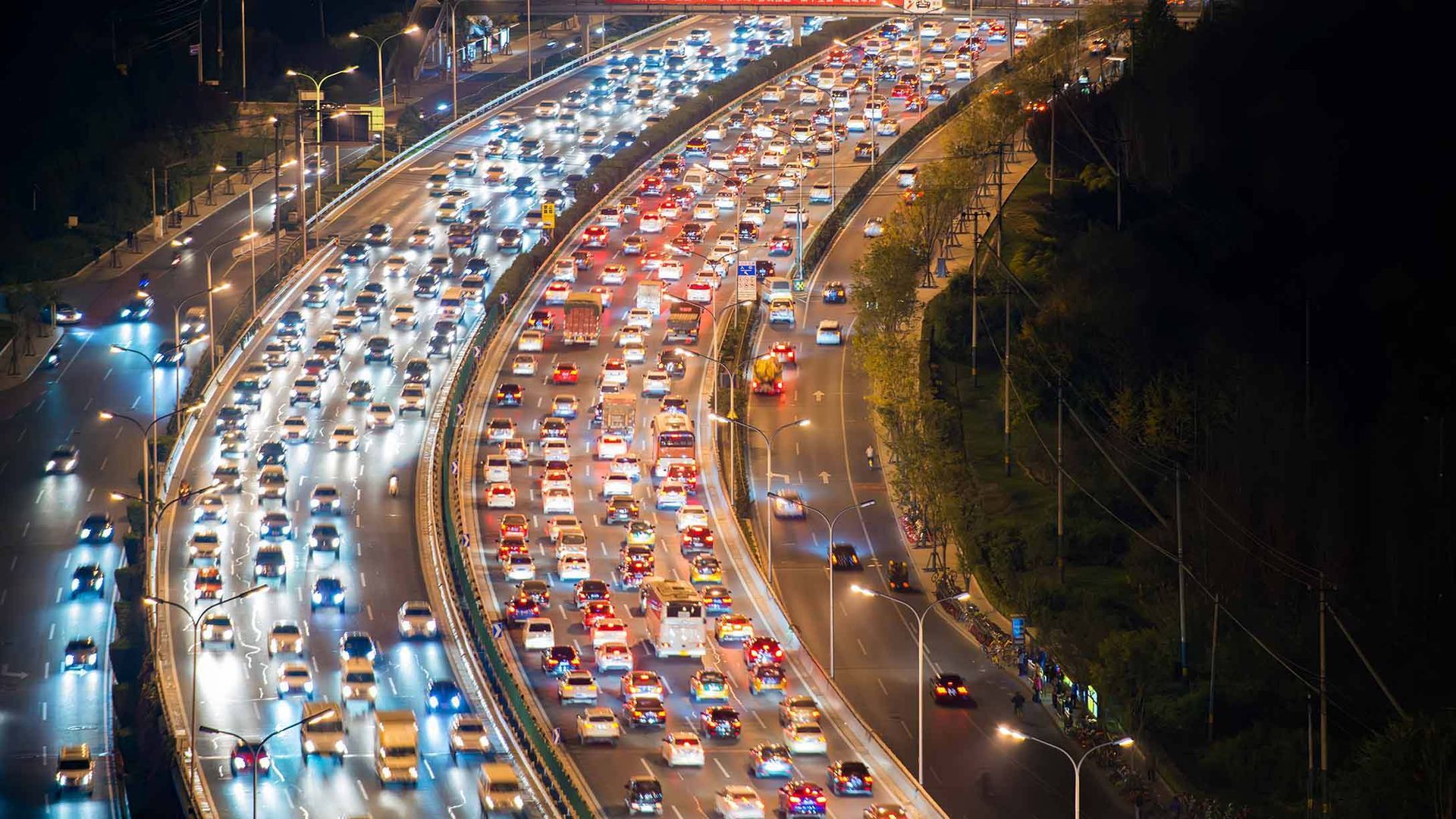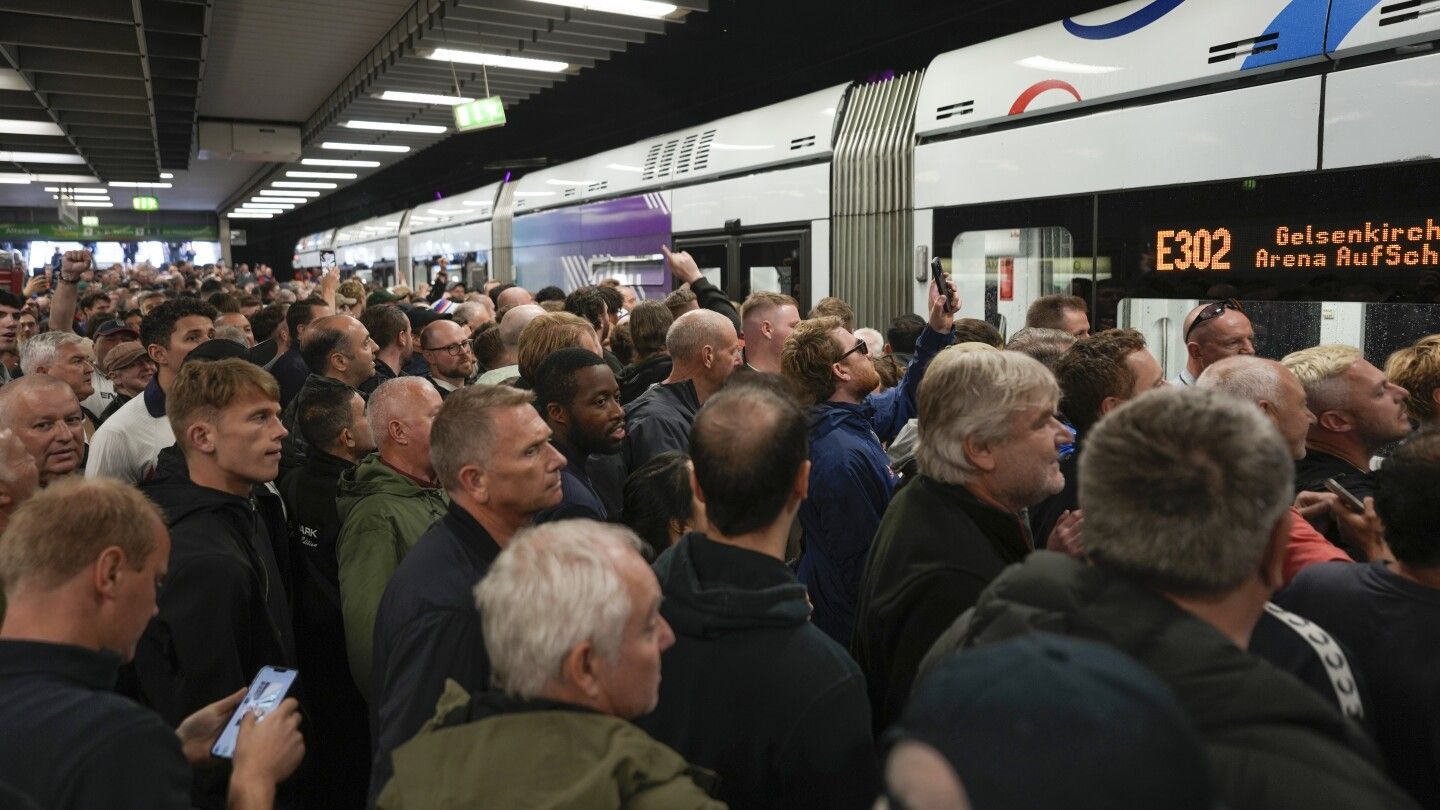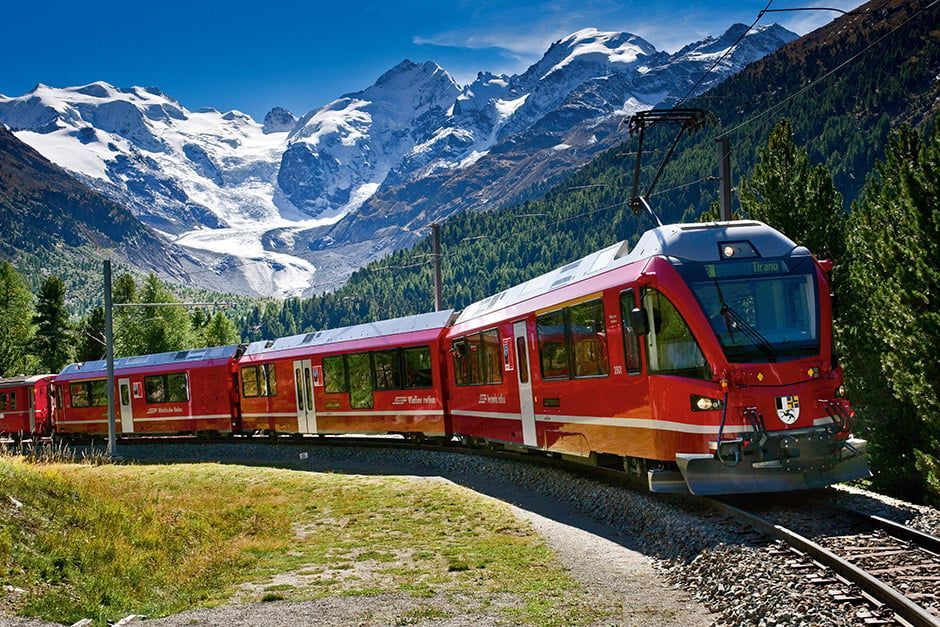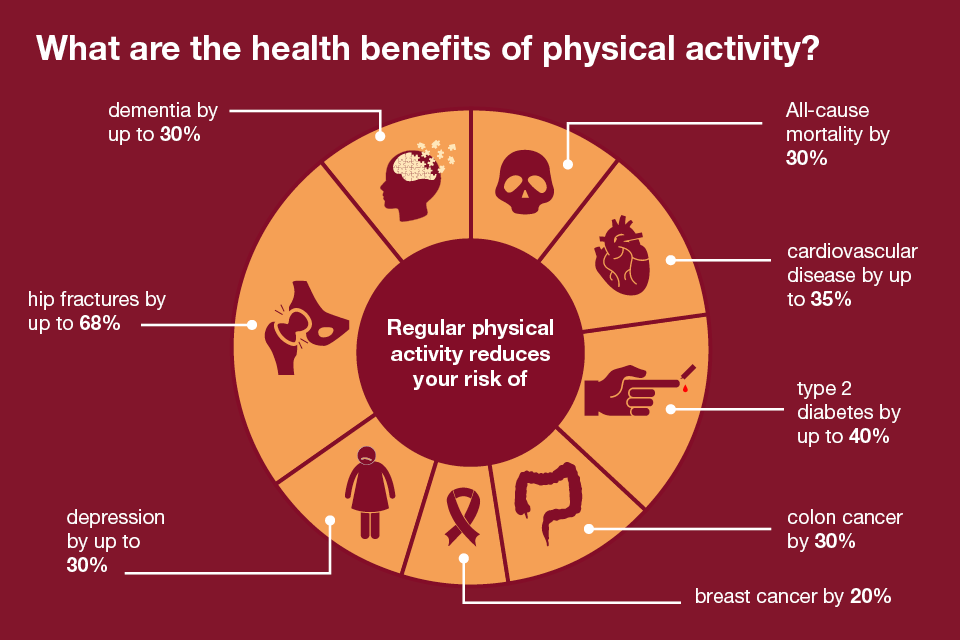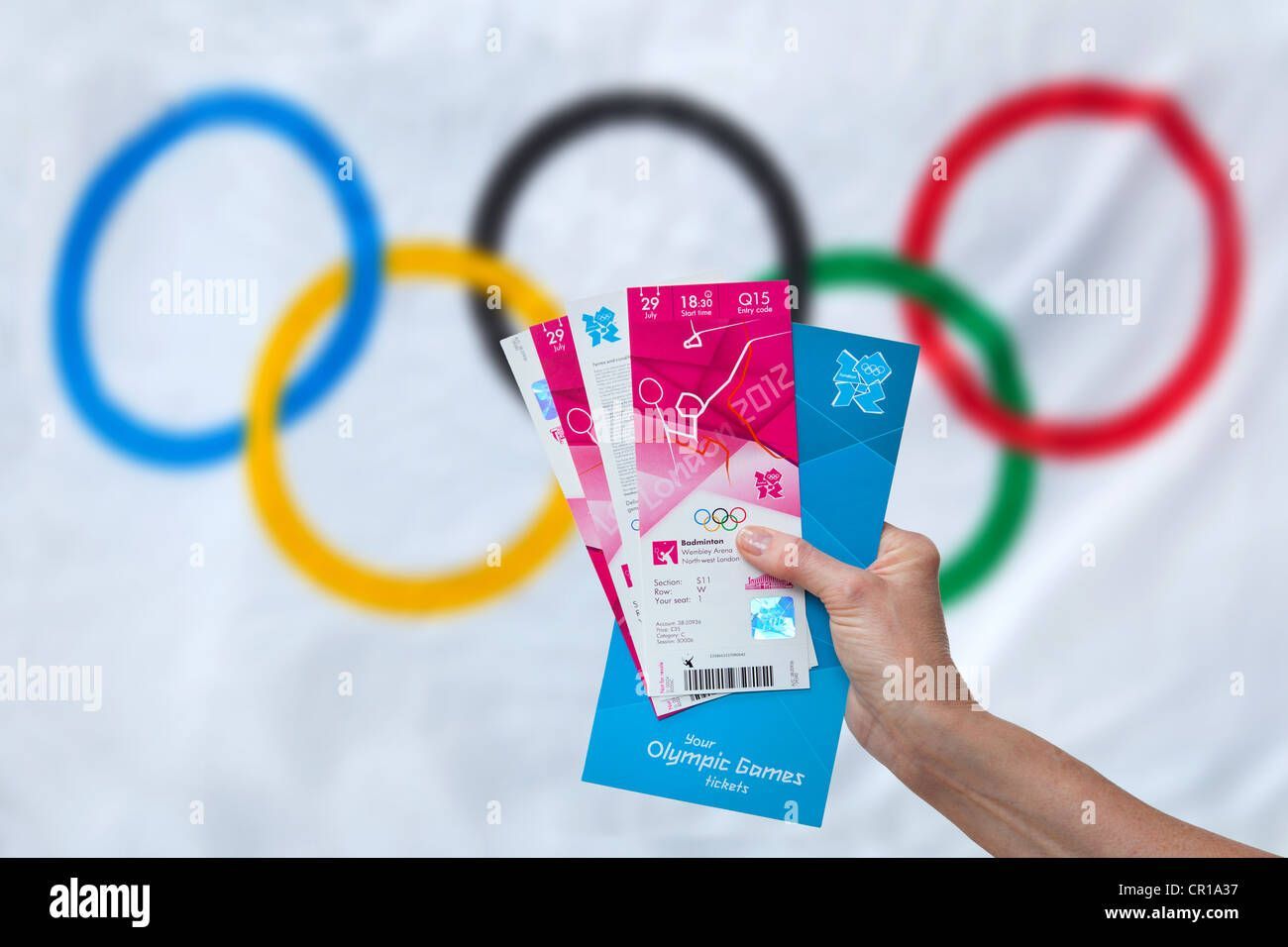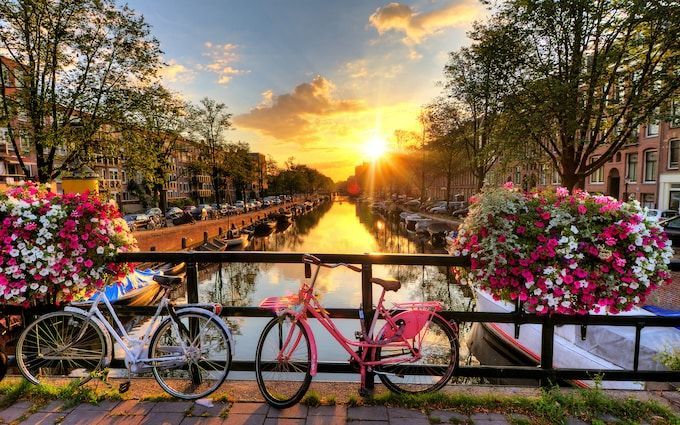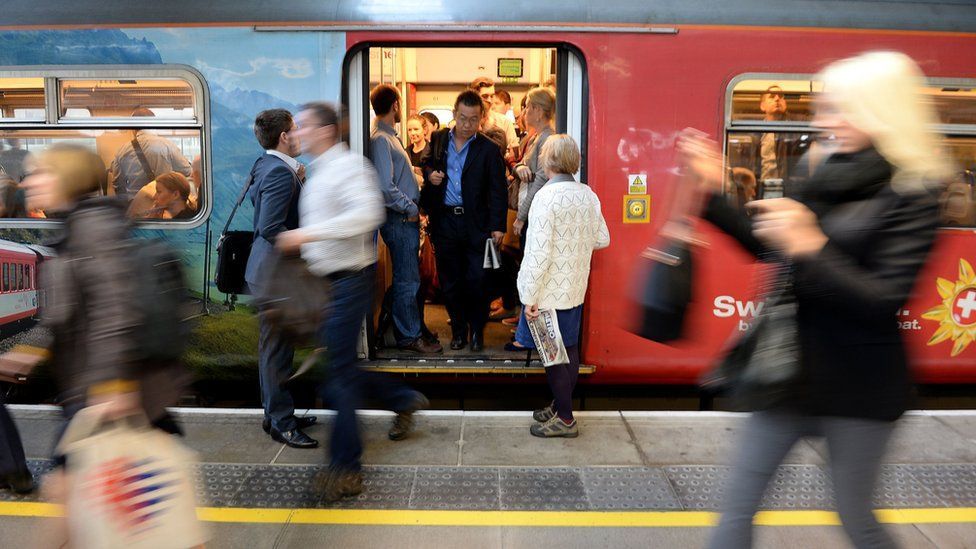Paris 2024 Sustainable Spectator Travel: A Blueprint for Success?
As the dust settles on the Olympic Games in Paris and ahead of the Paralympics, we have been reflecting on our time at the event, particularly from the point of view of a spectator trying to get to/from and between the sport sustainably.
Paris 2024 Olympic and Paralympic Games (Paris 2024), lauded to be the most sustainable in history, has already set new standards that will resonate far beyond the realm of sports. From utilising iconic venues in a fresh eco-friendly style, to integrating local culture using exquisite cuisine and flamboyant entertainment, to delivering a range of sustainable transport solutions, the Olympics demonstrated that sustainability is not just an environmental responsibility, but a crucial aspect of the overall spectator experience.
At the heart of this transformation lies a fundamental truth that is close to our hearts at In the Round: spectator experience is key, and sustainable travel is a massive element of that experience.
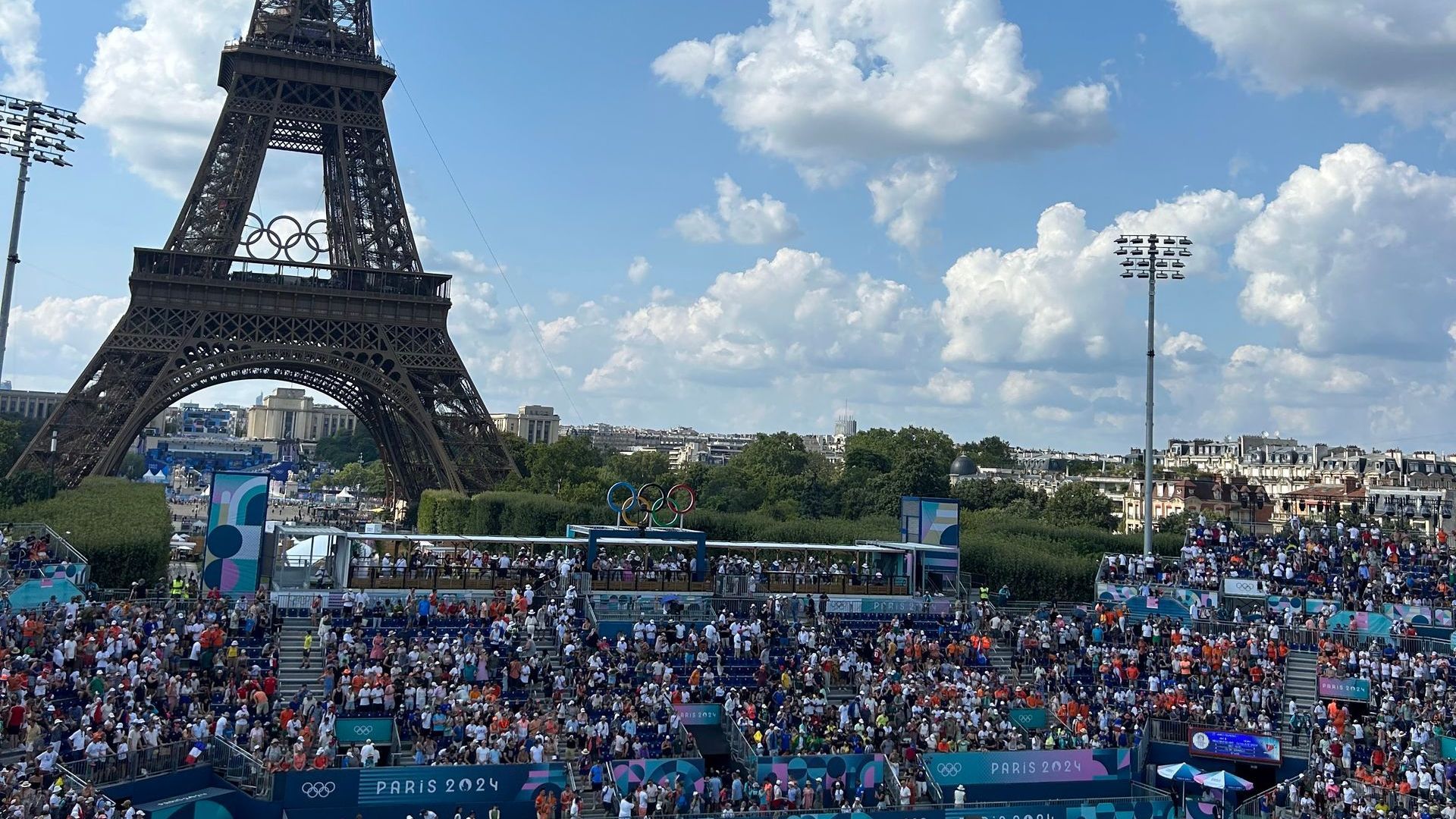
Paris 2024: Observations on spectator travel from the front line
Below, we reflect on our own observations as our consultants experienced life first hand as spectators. Understanding our travel options for each event we were fortunate to attend was crucial to our overall enjoyment of the event. Being aware of the available choices, having reminders to allocate enough time, knowing the rules about what could be brought into a venue, estimating travel costs, and figuring out how to purchase tickets—all these considerations played a role in our decision-making. Navigating a new city, especially as part of a group, can be a source of anxiety.
From the moment we purchased our tickets, to our travel to and around Paris, the ease, accessibility, and sustainability of travel shaped our overall experience. In Paris, where public transport and active travel options were at the forefront of planning, the result was a seamless, relatively hassle-free experience that not only benefited the environment but also elevated the spectator travel experience to new heights. Venues were planned so they were near to public transport or where additional spectator shuttle buses could make that link relatively painless and 10,000 temporary cycle parking spaces adjacent to venues made this a viable option for many and while the pre-event information on travel could have been better the availability of information, notably the bespoke journey planner was a coup.
The contrast with other recent events is stark. For example, many fans at the recent Euro 2024 football tournament in Germany and the 2024 Champions League Final in Istanbul faced severe disruptions due to poor transport planning, leading to delays, frustration, and even missed moments of the event. These incidents highlight how poor planning of sustainable travel options and poor customer information, can combine to tarnish the event experience and deter future attendance. In contrast, Paris 2024 has so far demonstrated that by prioritising sustainable travel, organisers can enhance fan satisfaction, loyalty, and the overall success of the event.
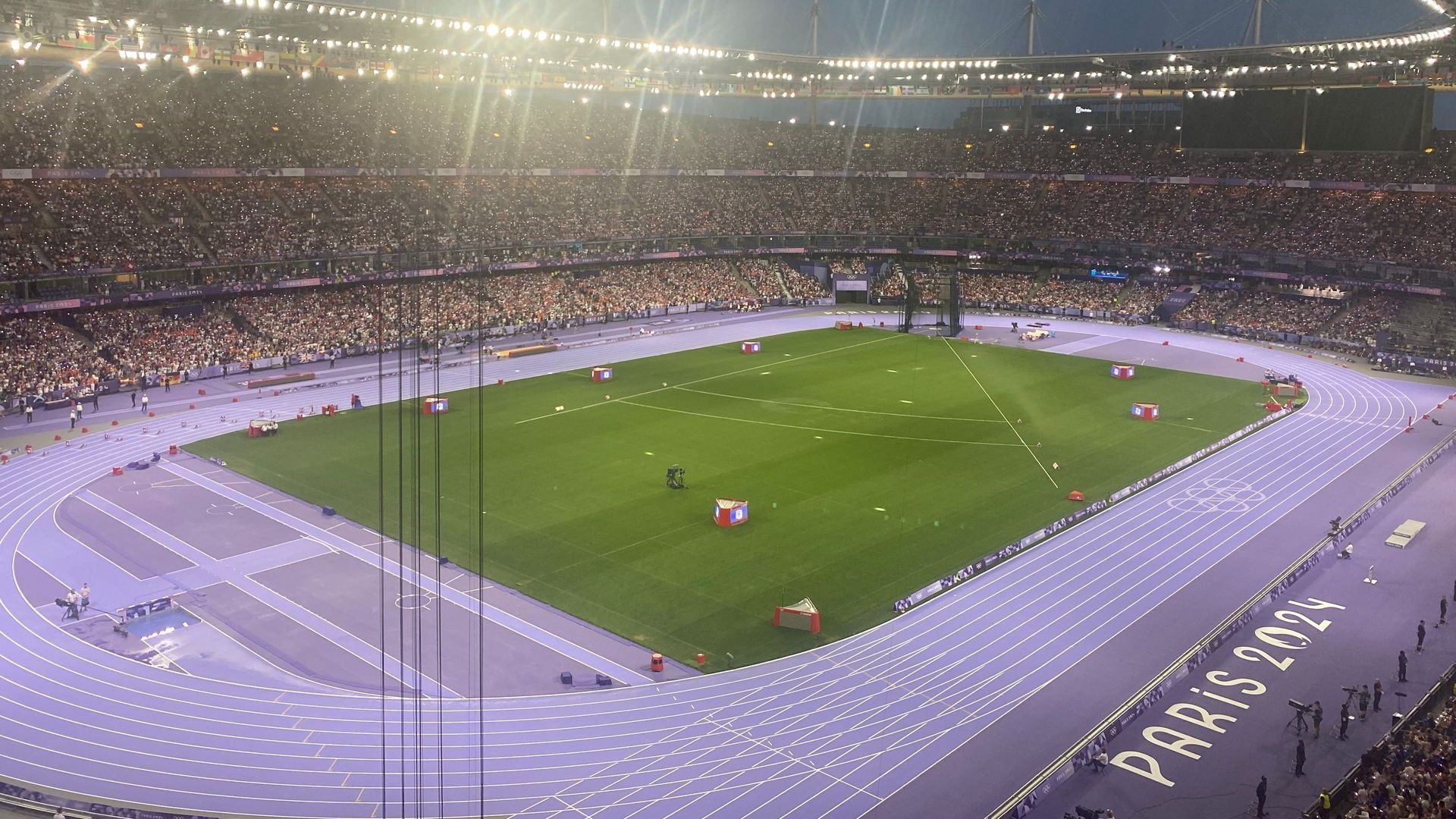
Managing the accommodation and travel challenge: One of the challenges faced by many spectators was the high cost and limited availability of accommodation within Paris, which led many to seek lodging further afield. This was true in our case and while this dispersed travel demand eased congestion within the city, it also necessitated longer travel distances, which could have negatively impacted our customer experience. This potential was mitigated by the robust public transport options that made travelling from distant accommodations manageable and even enjoyable plus we were confident in our sources of travel information as described below.
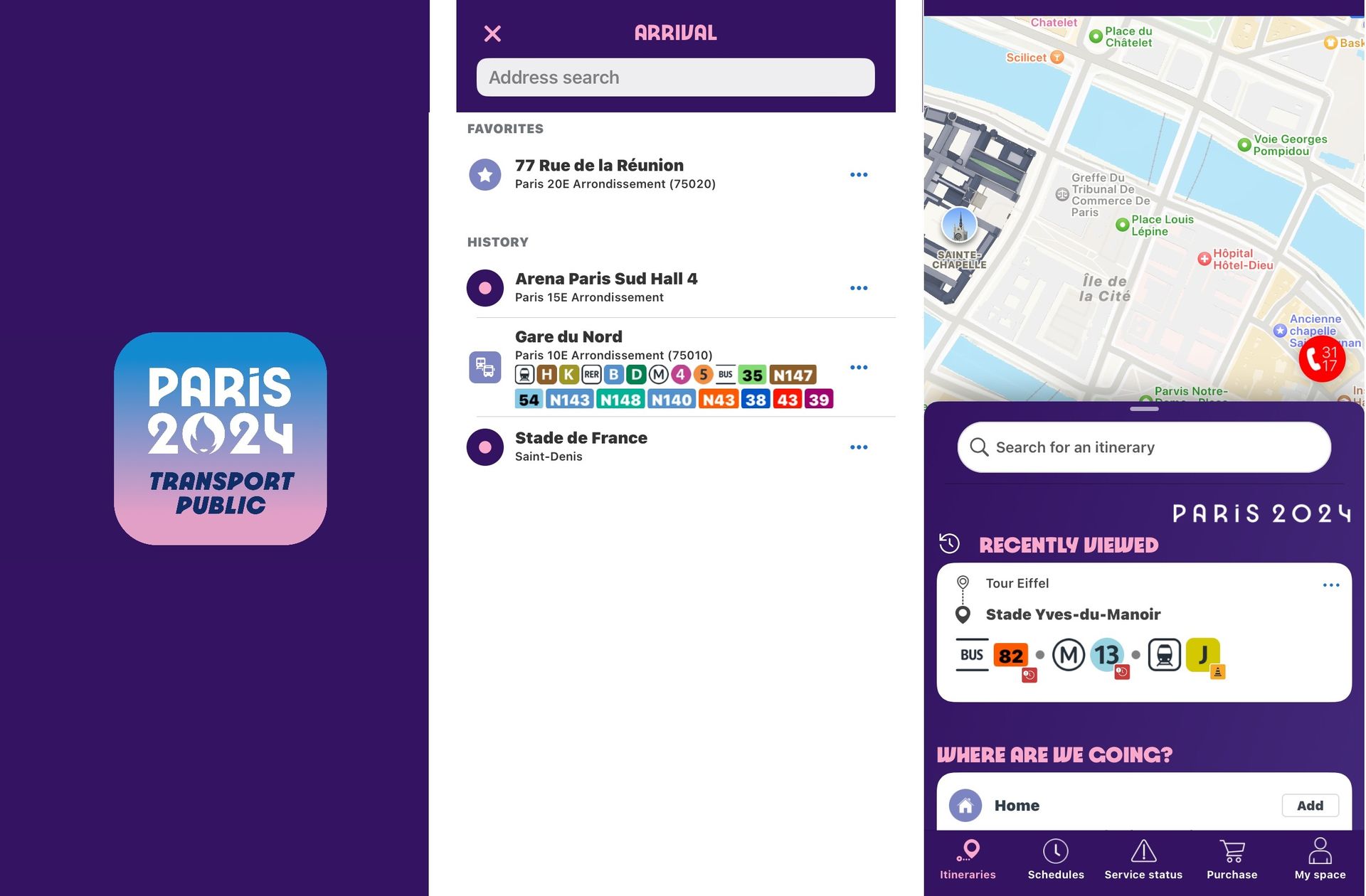
Know before you go: In the lead-up to the event, advanced transport planning information was frankly poor. With three separate apps for sports schedules, ticket storage, and public transport planning, spectators had to navigate a somewhat fragmented digital landscape. The introduction of a unified, integrated platform would have streamlined the experience, allowing fans to plan their journeys seamlessly, from purchasing tickets to arriving at the venue. Even as experienced event-goers, we initially found it challenging to determine the best options, particularly regarding travel tickets. It's crucial to reduce anxiety for spectators, especially those with specific needs related to group travel or limited mobility. However once in Paris and able to use the journey planner live became easier.
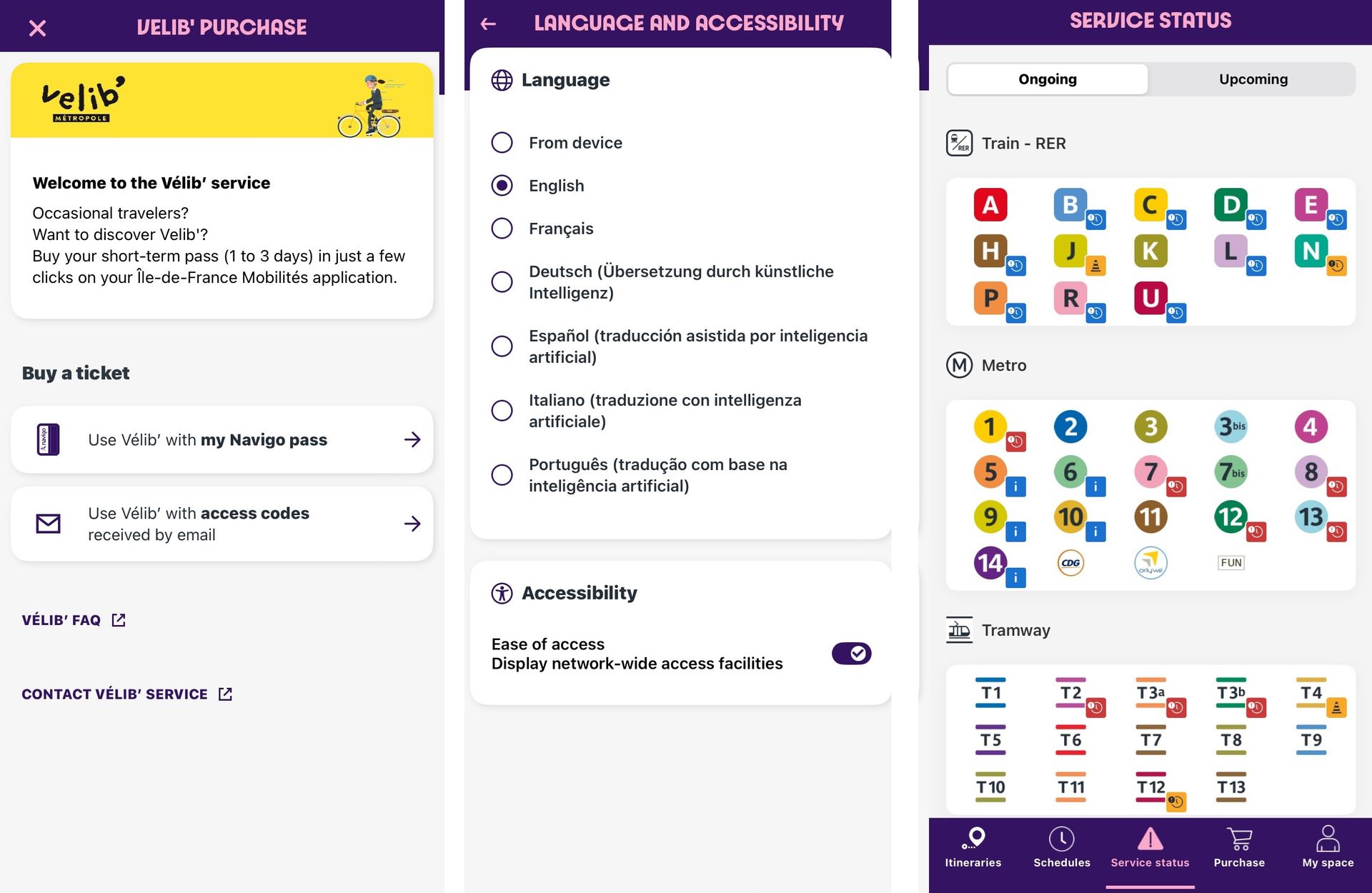
Journey planning in the palm of your hand: While the event's journey planner was effective, it could have been even better if integrated with the ticketing app and / or event schedule. Tailoring a spectator's journey plan to their specific gate, seat, and session timing could have further influenced travel demand. The inclusion of cycle hire services like Velib within the transport app, while not fully integrated, was also a commendable effort to promote active travel among spectators. It was also positive to see that park and ride options were less prominent in the app, subtly guiding users towards public transport as the preferred choice.
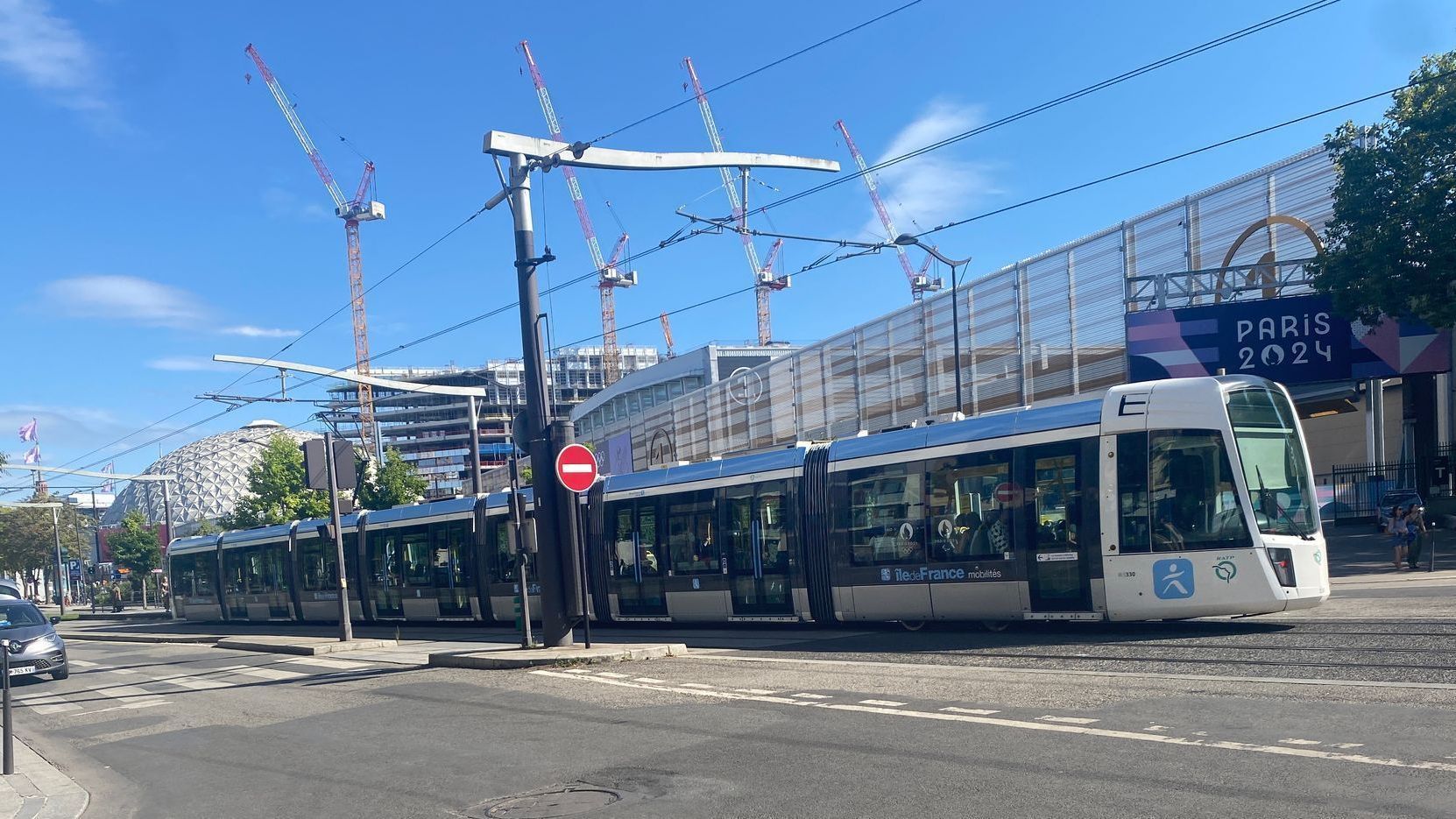
Public transport – free or not: The 'Games Pass' introduced for the event, where spectators could buy from one to seven-day passes, provided a flexible travel solution. It did not however compare to the free transport offered during the London 2012 Games and many more recent events. Moreover, raising travel prices during the event and removing some standard ticket options was a surprising move. It's worth mentioning that we managed to purchase equivalent tickets for our journeys at half price before the Games – something that many may not have known about in time.
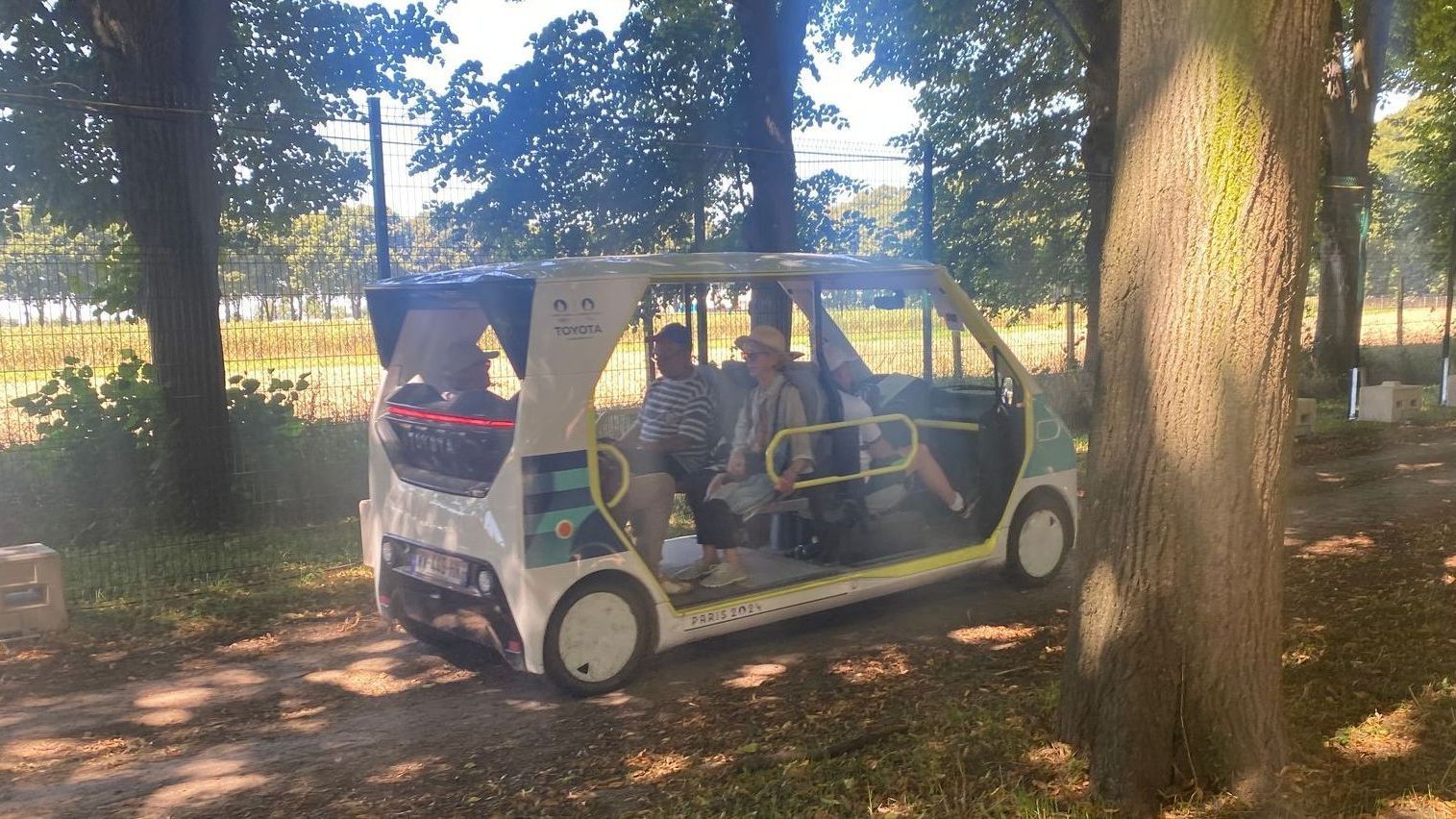
Accessibility - a mixed story: Within the venues, arrangements for those with restricted mobility appeared well-managed, with the introduction of electric mobility shuttles (courtesy of sponsors Toyota) being a particularly cool innovation. However, Paris’ dated metro system revealed significant gaps in accessibility, with many stations lacking lifts or escalators, making travel difficult for those with mobility issues or heavy luggage. This highlighted a crucial area for improvement—not just within stations, but across the entire travel network. With a larger number of visitors likely to require step-free access for the upcoming Paralympics, this will be a key area to monitor.
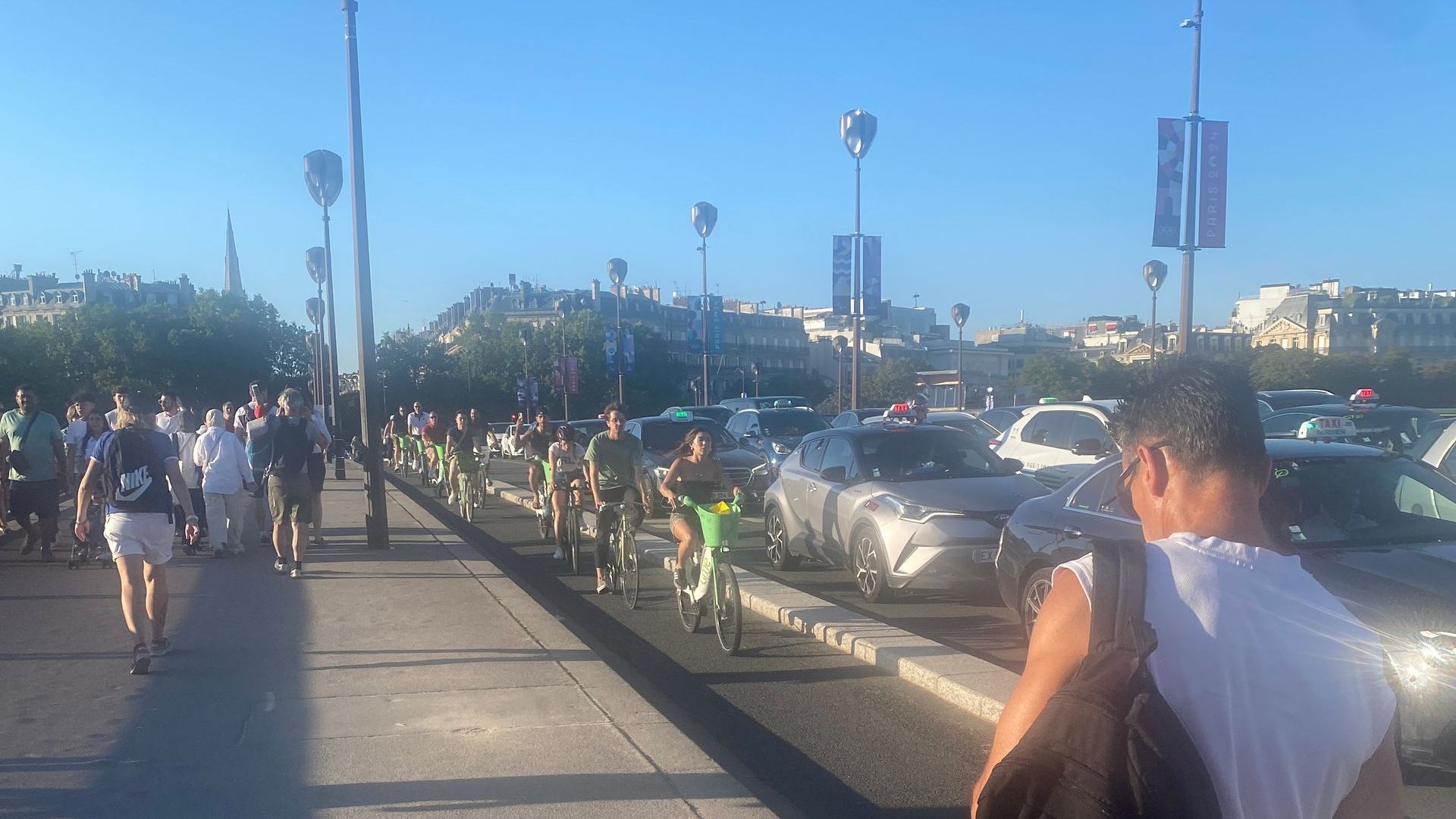
Sustainable and active travel options – a shining success: The volumes of spectators walking, cycling and using public transport was testimony to the quality of Paris’ transport system and the sensible choice of accessible venues. Supplemented where necessary with spectator shuttle buses. The city’s public transport system, particularly the Metro and overground trains, handled the large influx of spectators efficiently. The simplicity of the colour-coded metro and tram systems made navigation straightforward, even for international visitors. Secure cycle parking facilities at all venues encouraged the use of sustainable travel options, further reducing the carbon footprint of the Games.
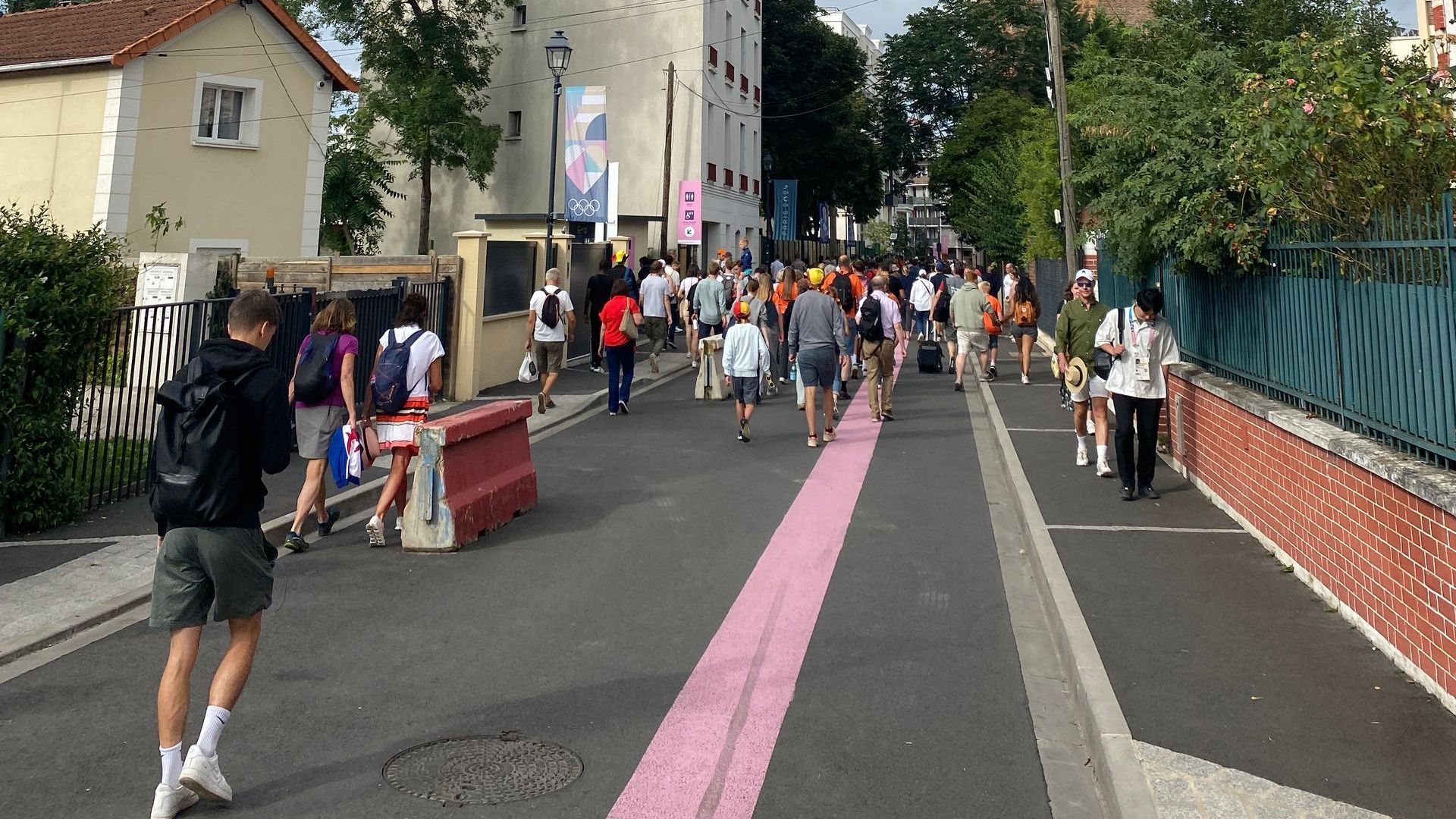
Managing the demand for travel: Paris 2024 implemented effective strategies to reduce overcrowding on public transport. At Stade de France, utilising multiple stations for access and exit helped alleviate station congestion and eased the pressure on trains. Extending the walking routes between public transport stops and venue entrances subtly dispersed crowds, reducing bottlenecks. Additionally, by offering fan activations and entertainment after events, crowds departed gradually. Clear pre-event communication also informed the community about peak times and locations, allowing regular commuters to avoid the busiest periods.
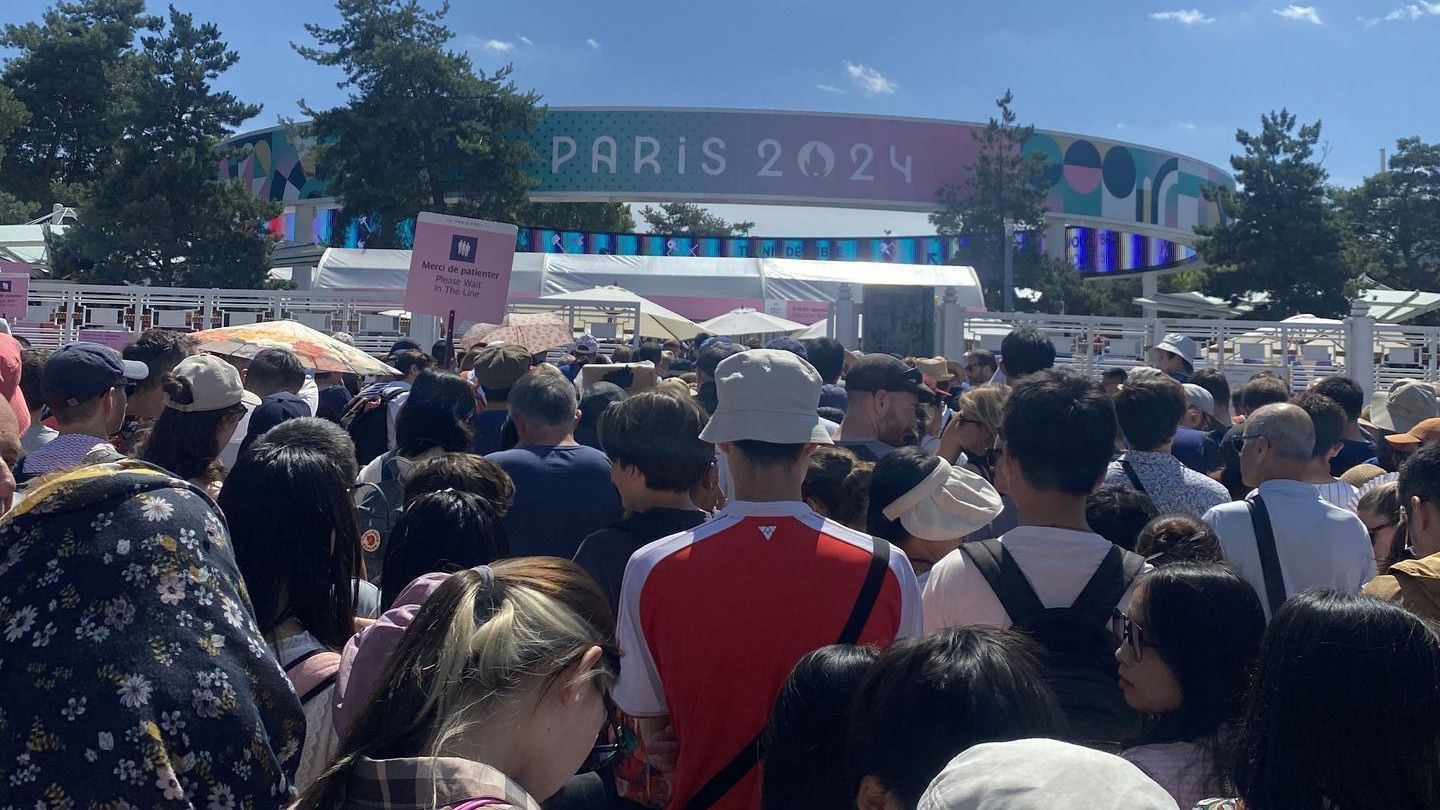
Security and spectator communication: Security is always a priority at major international events, and the Paris 2024 Olympics were no exception. The visible presence of police and military forces, while reassuring to some, may have felt intimidating to others. The double bag checks at venues—first at the outer perimeter and then again near the ticket barriers—raised questions about the necessity of such measures and whether they reflected a lack of trust between the police and event security.
For future events, better communication regarding security protocols could help manage expectations and reduce any feelings of unease. Spectators should be informed in advance about what to expect in terms of security measures, and the rationale behind these protocols should be clearly explained. This transparency helps build trust and allows fans to focus on enjoying the event. Despite these concerns, the overall experience of entering and exiting venues was smooth and well-managed.
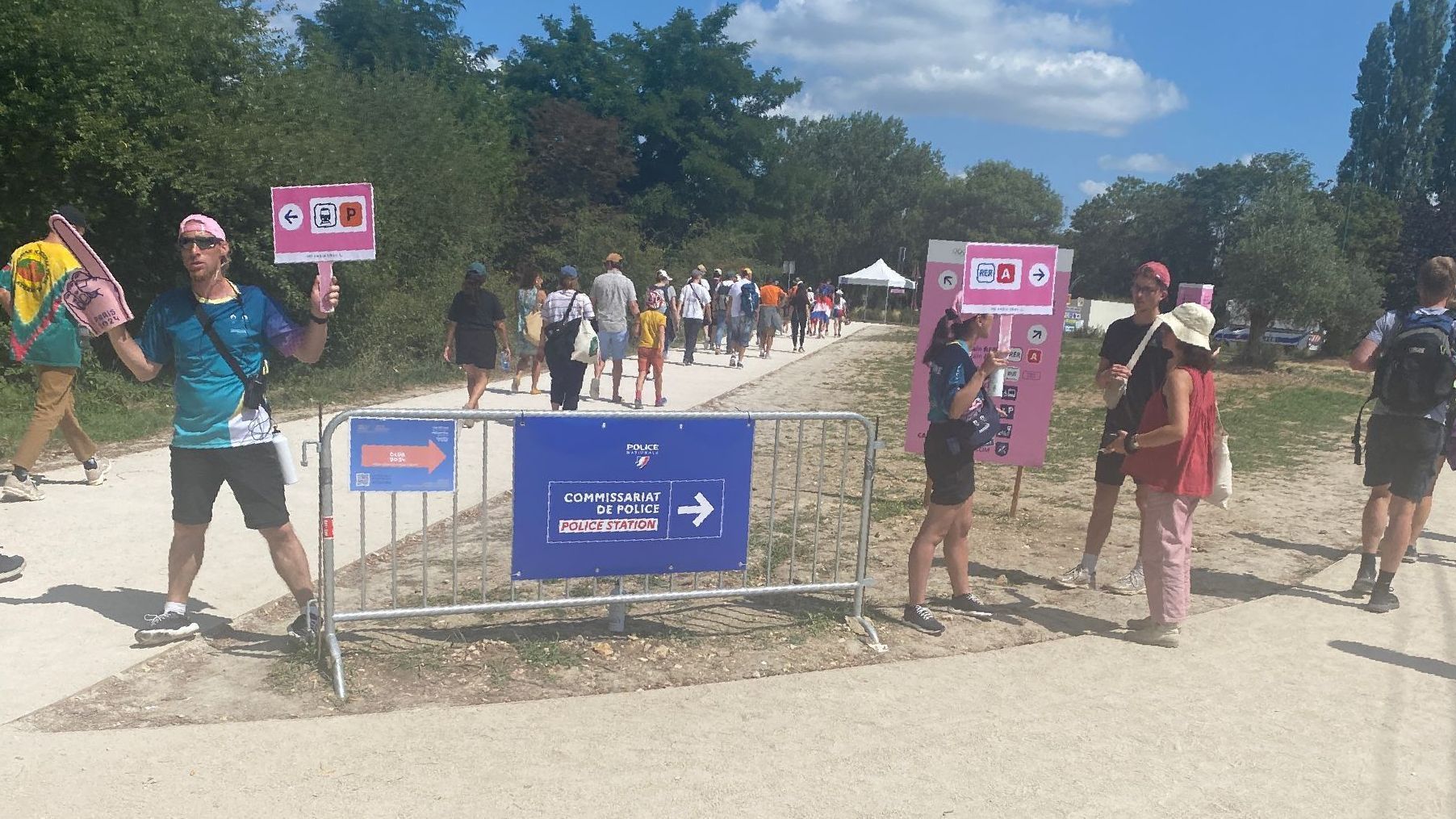
Crowd management and wayfinding: Managing large crowds is no small feat, but Paris 2024 handled this challenge with efficiency and finesse. Getting into and out of venues was generally a positive experience, with crowds being smoothly managed throughout. Volunteers played a key role in this, providing directions and assistance with enthusiasm and a smile. Their visibility and helpfulness were a testament to the importance of well-trained and motivated event staff in enhancing the spectator experience.
Wayfinding signage, while mostly effective, could have been clearer in some instances, particularly when guiding spectators to the correct transport options after events. This issue was more noticeable during late-ending events, when there appeared to be fewer staff and volunteers available to assist. Improving signage clarity in these scenarios could further enhance the overall spectator experience.
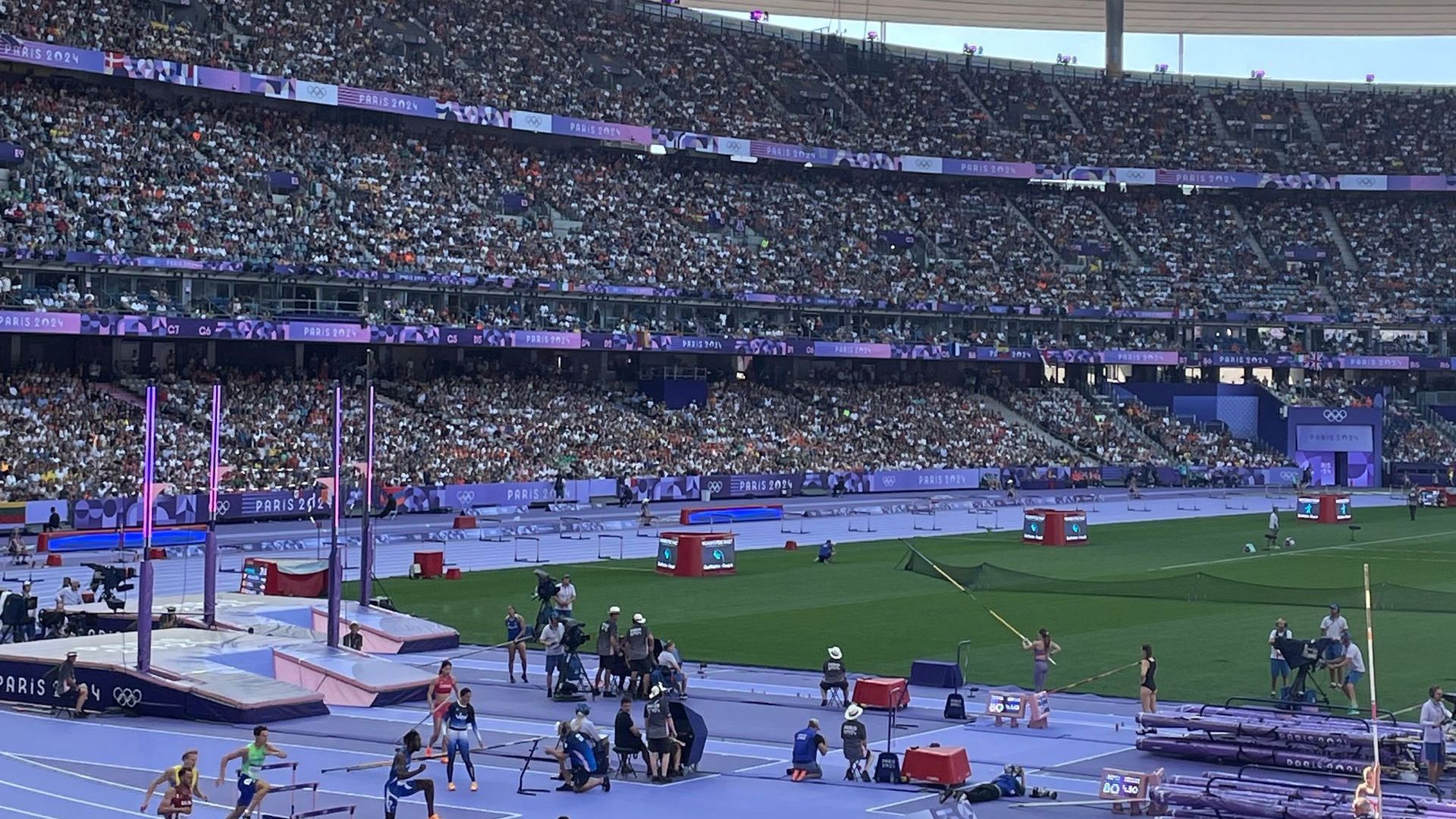
Spectator Comfort and Amenities: Comfort and convenience play a critical role in shaping spectator satisfaction. While the food and beverage offerings at the venues were of good quality, they were also pricey—a common issue at major events but one that should be addressed to ensure a more inclusive experience for all spectators. Making all venues alcohol free was for us a spectacularly good move – for many reasons – although for some we understand this was not so great!
From a sustainability perspective, allowing spectators to bring their own water into venues was a simple yet impactful decision that should be replicated at future events. This not only reduced plastic waste but also ensured that spectators remained hydrated in the hot weather, enhancing their comfort and well-being during the Games.
However, the lack of cover in some venues and along walking routes presented a challenge for many, highlighting the need for better shelter options to protect spectators from the elements. Similarly, the fan activations and family-friendly activities at venues varied in quality, suggesting a need for greater consistency to ensure that all spectators, regardless of where they are, have access to engaging and enjoyable experiences.
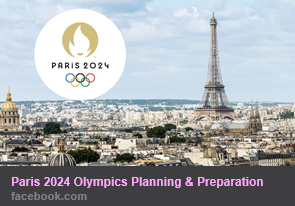
Leveraging Social Media and Community Engagement: In today’s digital age, social media plays a vital role in shaping the spectator experience. The unofficial Facebook planning and preparation group for Paris 2024 proved to be an invaluable resource for many, offering real-time tips, advice, and insights from fellow spectators. This kind of community-driven content can be a double-edged sword—while it offers an authentic perspective, it can also spread misinformation if not managed carefully.
Official channels could take a more proactive role in harnessing the power of social media to enhance the spectator experience, offering real-time updates, crowd-sourced tips, and engaging content that keeps fans informed and connected throughout the event.
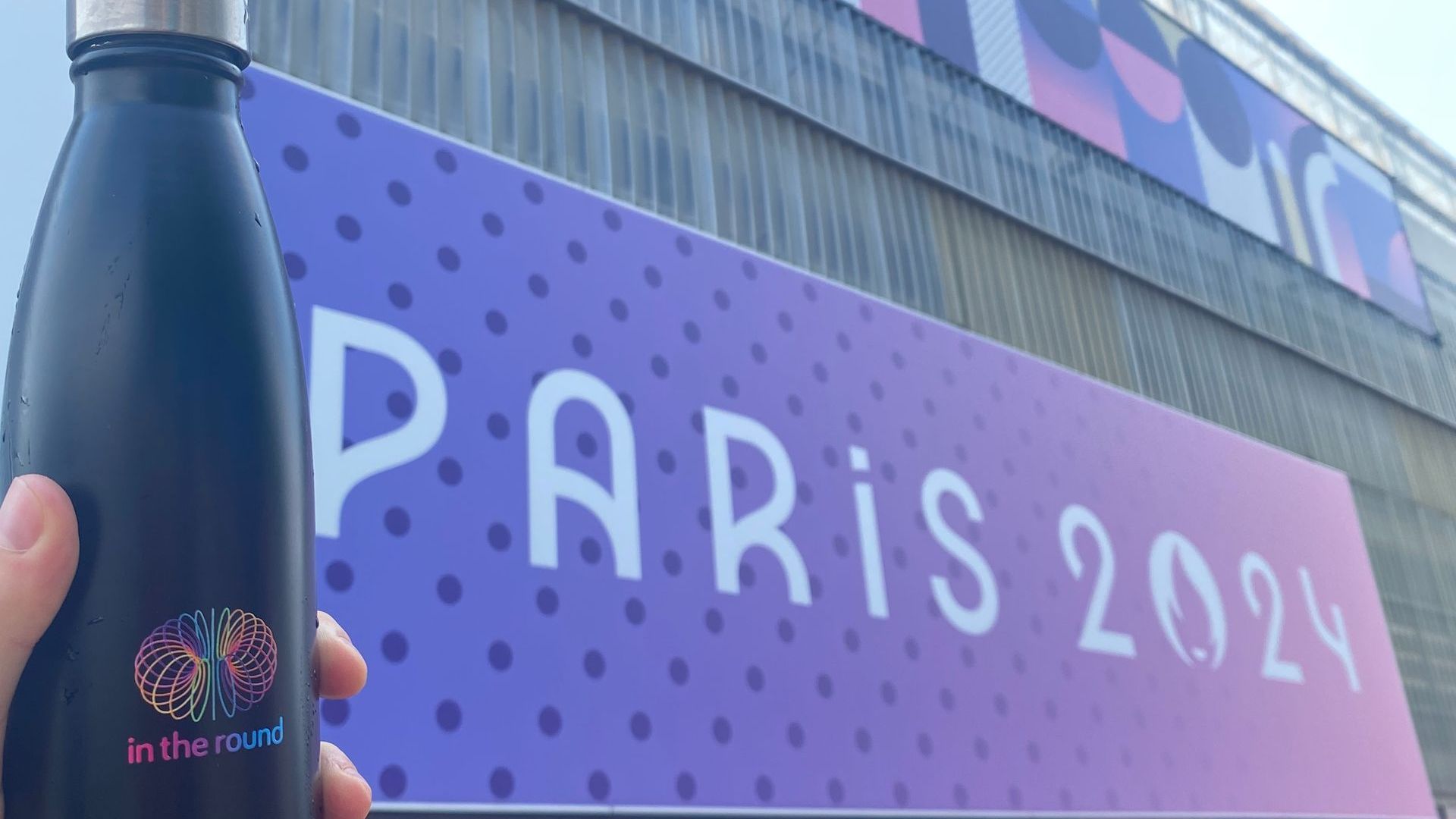
Our key takeaways
In summary, this edition of the Olympics has really raised the bar for sustainable spectator travel. The basics were done right and there was innovation without complication - but there is for sure plenty to build on too. Some of our highlights:
🎫𝗧𝗿𝗮𝗻𝘀𝗽𝗼𝗿𝘁 𝘁𝗶𝗰𝗸𝗲𝘁𝗶𝗻𝗴: All-in-one digital tickets made travel easy, but bundling the cost of local transport into the event tickets would have enhanced convenience.
🗺𝗝𝗼𝘂𝗿𝗻𝗲𝘆 𝗽𝗹𝗮𝗻𝗻𝗶𝗻𝗴: Being able to plan, purchase, activate & enjoy our trips was great but integration with event ticketing and scheduling platforms was a miss.
🏘️𝗗𝗲𝗺𝗮𝗻𝗱 𝗺𝗮𝗻𝗮𝗴𝗲𝗺𝗲𝗻𝘁: Tactics like advising Parisiens in advance so they could adapt their regular commute and using multiple stations for venues, elongated walking routes helped minimise disruption. Better signage & eco-friendly incentives would further help.
🎵𝗦𝗽𝗲𝗰𝘁𝗮𝘁𝗼𝗿 𝗲𝗻𝗴𝗮𝗴𝗲𝗺𝗲𝗻𝘁: Consistent fan activations were unfortunately a miss as was their role in helping manage crowd flow and enhancing the spectator experience.
🚲𝗦𝘂𝘀𝘁𝗮𝗶𝗻𝗮𝗯𝗹𝗲 𝘁𝗿𝗮𝘃𝗲𝗹 𝗰𝗲𝗻𝘁𝗿𝗶𝗰 𝘃𝗲𝗻𝘂𝗲𝘀: Paris prioritised public transport and cycling (10,000 temporary spaces added!) and even where park & ride was needed its promotion lagged behind more sustainable options.
👮𝗘𝘃𝗲𝗻𝘁 𝘀𝗲𝗰𝘂𝗿𝗶𝘁𝘆: It was rigorous! Clearer communication and better expectation management could have reduced spectator stress & confusion.
🌧️𝗖𝗹𝗶𝗺𝗮𝘁𝗲 𝗰𝗼𝗻𝘀𝗶𝗱𝗲𝗿𝗮𝘁𝗶𝗼𝗻𝘀: Natural shade was utilised, but essential items like supplying water, ponchos, and sunscreen were missing.
📣𝗦𝗽𝗲𝗰𝘁𝗮𝘁𝗼𝗿 𝗰𝗼𝗺𝗺𝘂𝗻𝗶𝗰𝗮𝘁𝗶𝗼𝗻: Pre-event comms was lacking. Future events could benefit from providing real-time updates and clear customer guidance, especially for newcomers, from ticket purchase to journey home.
✉️𝗦𝗼𝗰𝗶𝗮𝗹 𝗺𝗲𝗱𝗶𝗮: There was limited use for operational updates. Future events can learn from Paris’ unofficial crowd-sourced community platforms but be sure to manage potential misinformation.
🧳 𝗔𝗰𝗰𝗲𝘀𝘀𝗶𝗯𝗶𝗹𝗶𝘁𝘆: A big one - particularly with the Paralympics on the horizon. Venue accessibility worked well, but the City’s Metro system less so with many stations without lifts or escalators. Where time and budget constraints necessitate simple solutions like staff assistance and step-free route planning could help.
Conclusion
The Olympics in Paris demonstrated that sustainable travel is not just an environmental consideration, but a fundamental aspect of the spectator experience and we hope that continues through the Paralympics. By prioritising accessibility, convenience, and sustainability, event organisers can create a positive, memorable experience for all attendees. As we look to the future, these lessons from Paris will serve as a blueprint for sustainable event planning, ensuring that the journey to and from an event is as enjoyable as the event itself.
At In the Round, our STRIVE consultancy service is dedicated to helping venues and events navigate these challenges, offering tailored strategies that put spectators at the heart of sustainable travel planning. For more information, please visit our website or get in touch.
